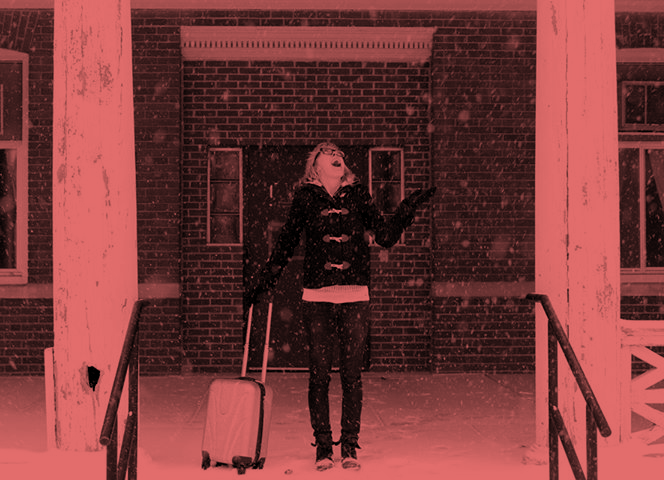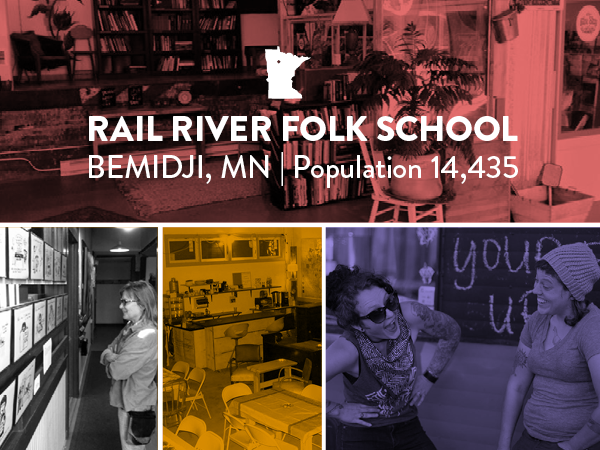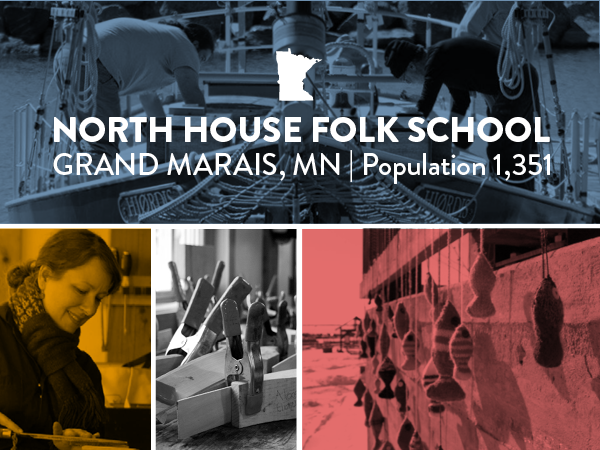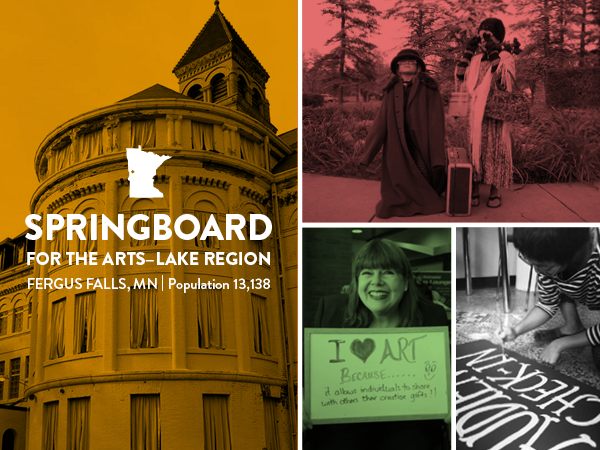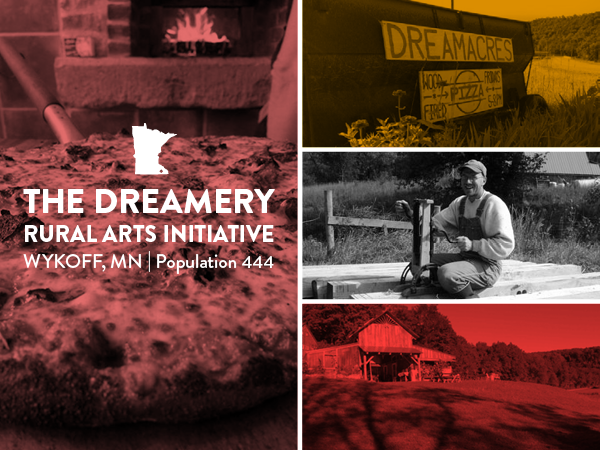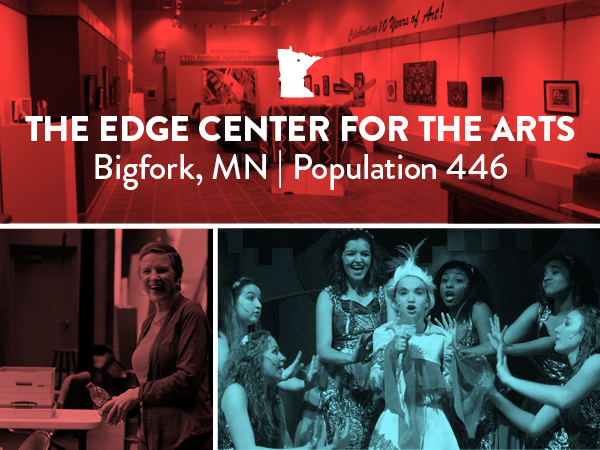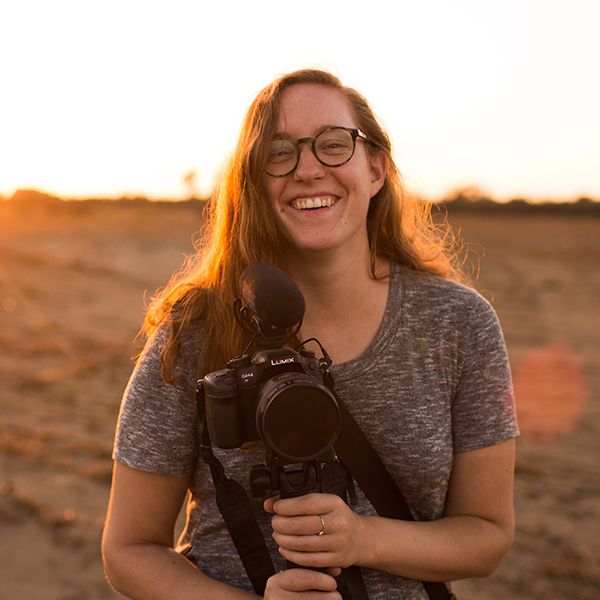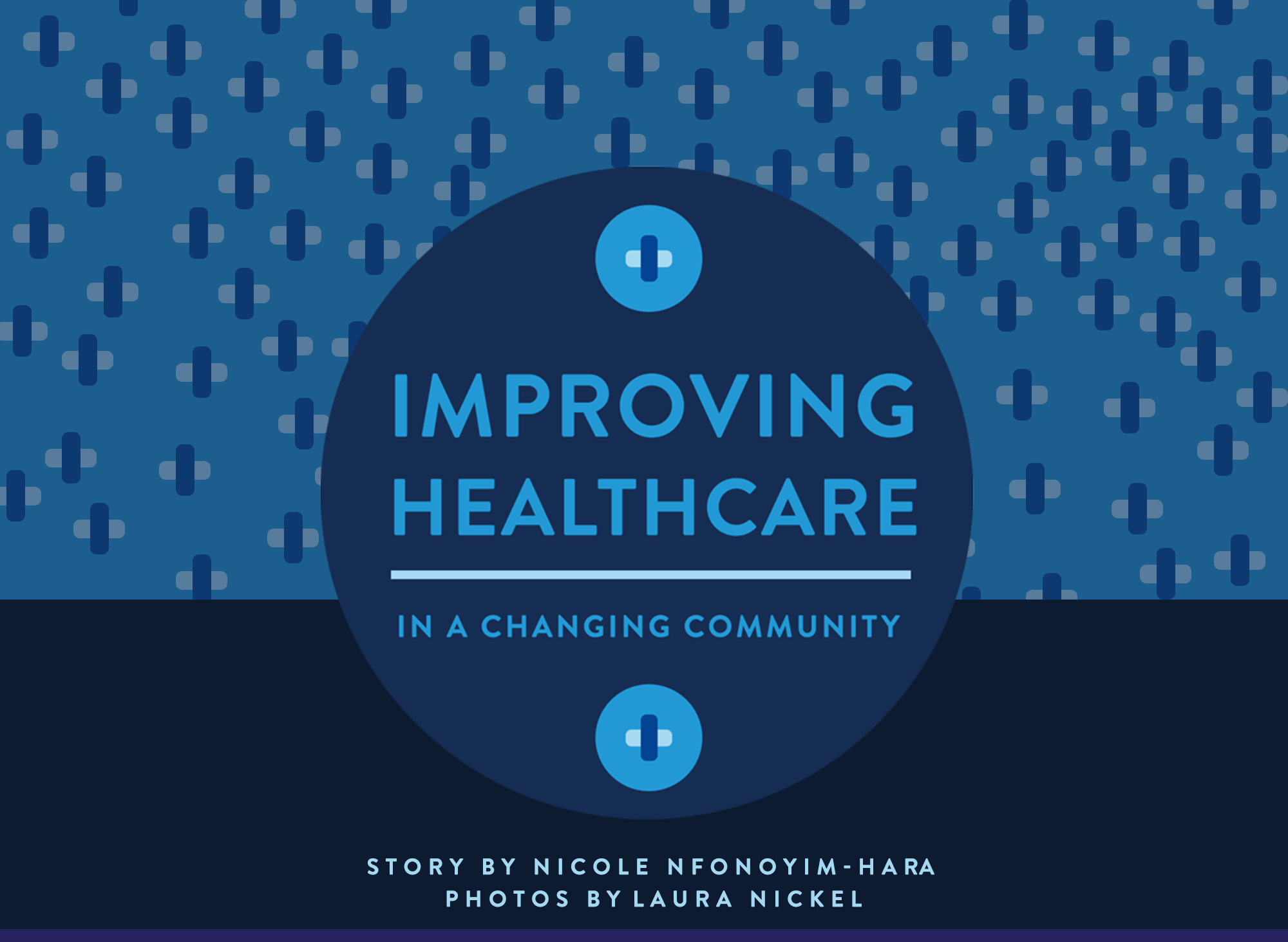
An urgent call sounded throughout the quiet hallways in a rural hospital. A young woman was in labor.
But there was no doctor to be found.
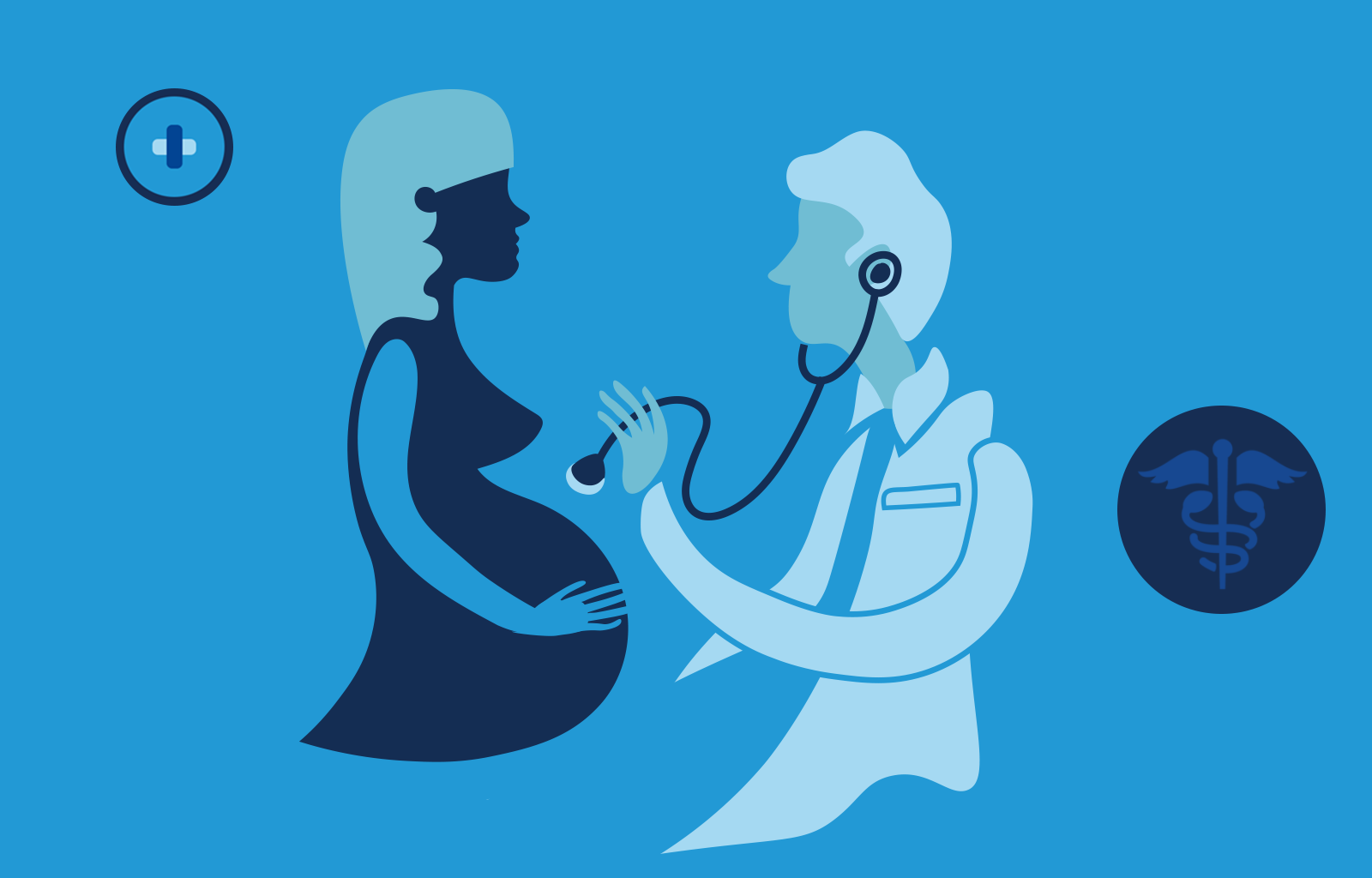

orris Anderson, a medical student, was finishing up clerical work when he heard the call. Knowing that the handful of physicians employed at the small hospital had already left for the day, he rushed up to the obstetrics floor. Norris found the young woman mere seconds from delivery, and with no other physician in sight, he rolled up his sleeves with resolve.
That evening, still a student and only three days into his internship at the hospital, he delivered his very first baby.
It was 1979 and Norris was a third-year medical student from the University of Minnesota. He was shadowing a local family physician in Willmar, MN, as part of the Rural Physician Associate Program (RPAP). The program, created in 1971, places medical students in rural areas across Minnesota for nine months.
“Then just like now, there just aren’t enough physicians in rural communities.”
—Norris Anderson
While 25% of Americans live in rural areas across the country, only 10% of physicians serve these communities.
In addition to the shortage of healthcare professionals and facilities, poverty creates striking health disparities in rural communities across the United States. Individuals often lack insurance coverage, have limited knowledge of available healthcare options, and are isolated with little transportation to seek even routine medical care in distant clinics and hospitals.
Norris’s year-long experience with the RPAP started a lifelong connection to and love of the Willmar community he now calls home. Right after finishing medical school, the St. Paul native packed his bags and began practicing family medicine in Willmar full-time.
Now 35 years later, Norris serves as the medical director of Southern Prairie Community Care (SPCC).
SPCC is an innovative healthcare collaboration unifying a 12-county area that includes Chippewa, Cottonwood, Jackson, Kandiyohi, Lincoln, Lyon, Nobles, Murray, Redwood, Rock, Swift and Yellow Medicine. In an environment where healthcare providers are few and far between, and social and economic factors prevent many from accessing quality care, SPCC brings providers together through collaboration and creates deeper connections to the participants they serve. In doing so, SPCC’s network creates a critical support system.
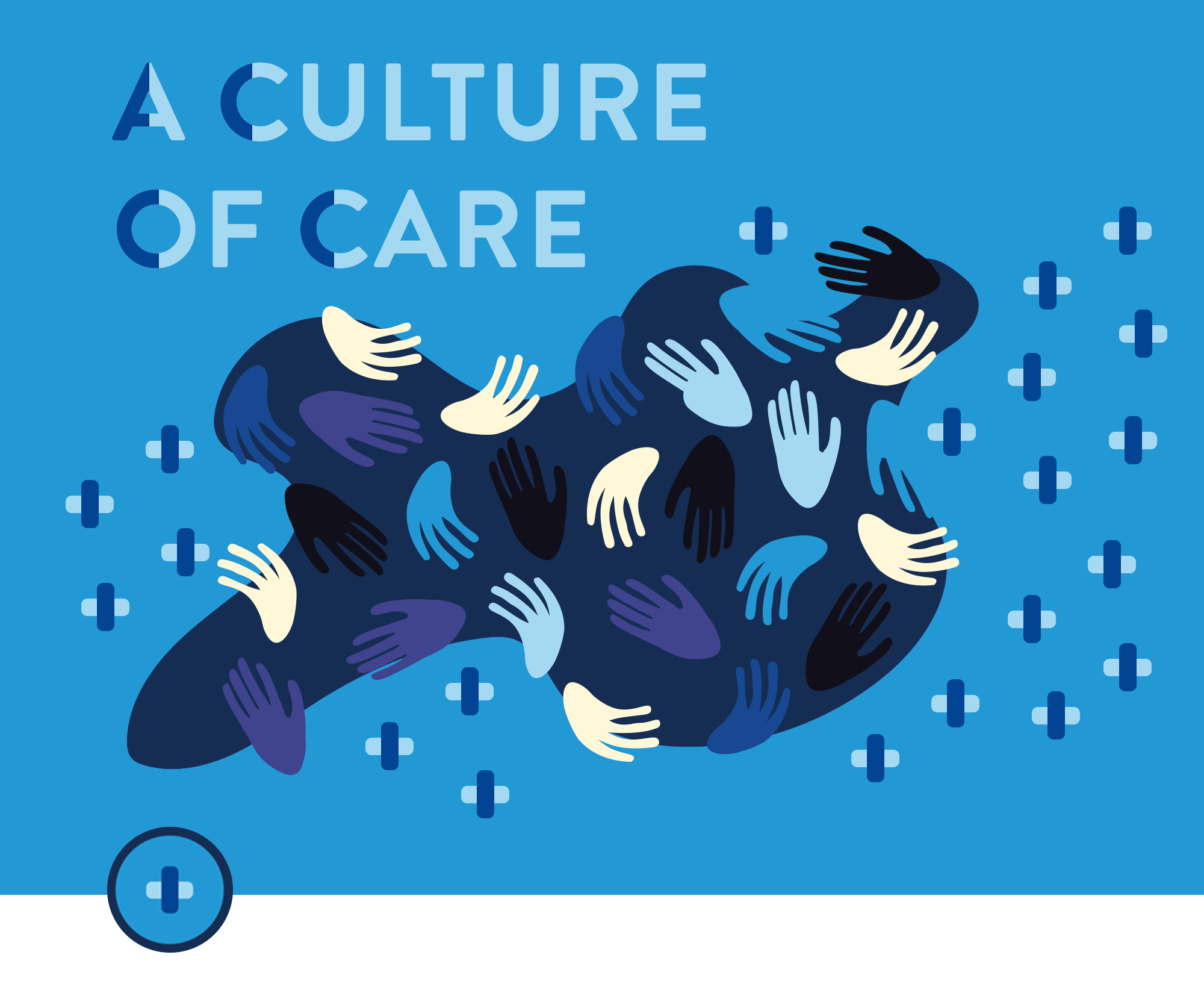
“Our medical system in America, as good as it is, is very fragmented and siloed.”
—Norris Anderson
To combat a fragmented system and limited resources, SPCC uses information technology to create a virtual network crossing county lines and city limits. Vital links are made between different hospitals, clinics, public health, human services agencies, law enforcement and justice systems, transportation, housing, and community organizations. Integration specialists work on the ground and in communities to serve as connectors and facilitators between participants and a variety of service providers in all 12 counties. These services allow participants to use SPCC as a ‘one-stop shop.’ SPCC’s efforts are also grounded in the collection of data and the use of that information to create new solutions that directly address the needs of the region.
One example of this is SPCC’s role in developing a regional Health Information Exchange (HIE). HIE collects all the medical records of people in the region so that they can be shared across hospitals and healthcare institutions. With HIE, Norris now has access to patient’s records from regional hospitals in real time, within minutes. Norris states this is a “huge development that has never existed before.”
“As a physician for many years, I would finish seeing a patient, they would leave and I might never see them again. I would have this sinking feeling that they weren’t going to do well or stay on top of their health and there was not much I could do. With SPCC, however, the whole point is addressing the whole life of a patient.”
—Norris Anderson
SPCC connects the dots, following the participant out of the clinic or ER and into their everyday life—responding to needs that may be preventing them from living healthier lives.
“We build in continued touch points with the individual with one-on-one meetings, phone calls, even house visits. What often contributes to a participant’s difficulties and challenges is not just complicated medical issues, but social factors.”
Norris’ choice to become a family physician in a rural community all those years ago remains a bold one. Over three decades after he made his home in Willmar, a great deal has changed, especially when it comes to caring for an aging and diversifying rural population.

Aging is a major social factor impacting the communities SPCC serves. Many of their elderly participants have no one to advocate for their needs. For these individuals, SPCC plays a crucial role in making sure they aren’t isolated and left to deal with their healthcare needs alone.
The support SPCC provides is highly customized and may look different for each individual participant. Integration specialists meet with participants and do a full assessment of medical, social, mental health, and any other factors. They then develop a plan taking into consideration the participant’s goals and desires.
Some participants need only one specialist connecting with them, while others may need three or four specialists to get them on track.
“We had an elderly woman who in one year alone had been to the emergency room over 33 times. The problem was not really that she was seriously ill. She might have a mild symptom here and there. But after working with her and connecting her to an integration specialist we realized that she had no means of transportation to see a doctor. So she’d just call 911 knowing the ambulance would show up and take her to the hospital.”
—Norris Anderson
After working with SPCC, she was able to cut down her emergency room visits to less than 10 times a year, drastically improving her quality of life and reducing the overall cost of care. By placing the patient at the center of care, SPCC is able to better address the economic and social factors that may be preventing patients from seeking or receiving the best help.
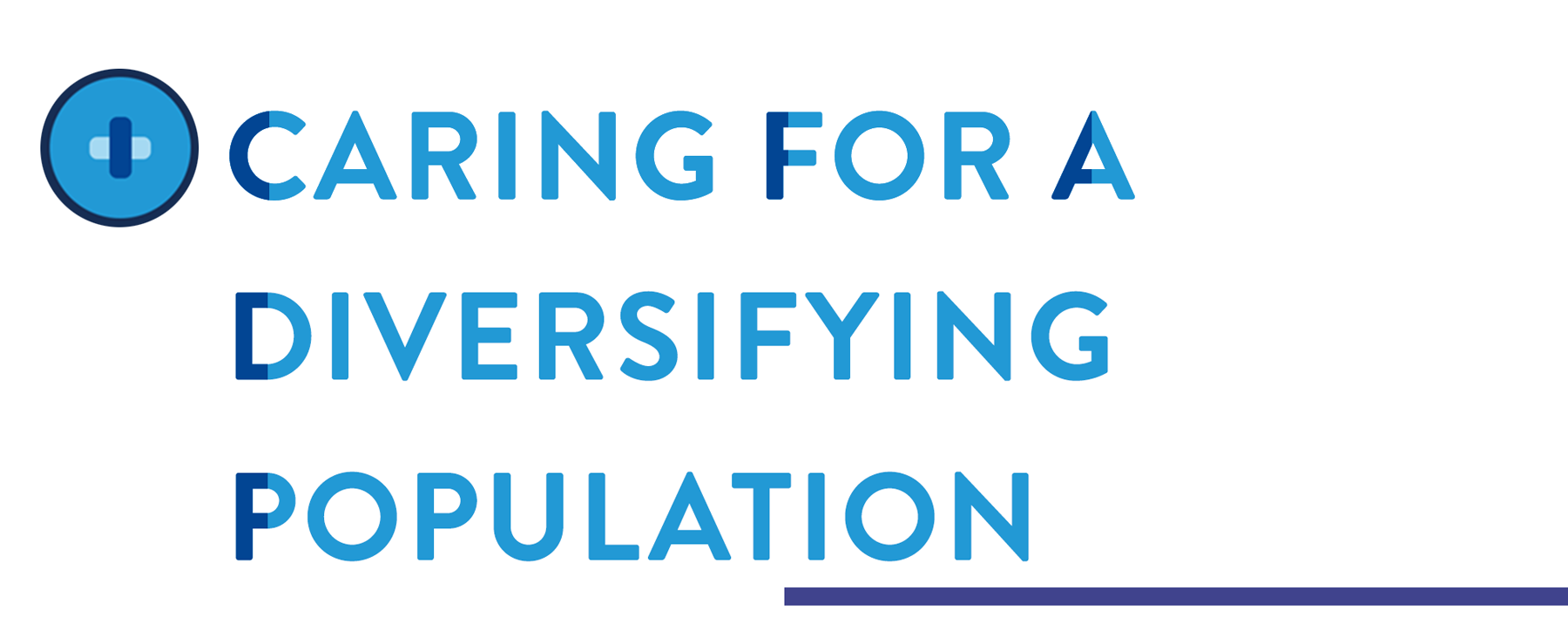
Norris has seen the shift in population during his 35 years living in the community. “On the one hand the rural population is aging. But we also have a growing number of East African and Latino people in this community as well.”
In the Kandiyohi County Public Health office in Willmar where Norris works, the waiting room is lined with multilingual informational brochures and signs directed at the Somali, Native, Latino, and refugee communities. The immigrant presence already marks the landscape of the small rural town. The historic downtown strip features Somali restaurants and shops, an African food market, and a Mexican convenience store.
Resources and support for immigrants are more readily found in urban areas. Yet SPCC along with the County Departments of Public Health are providing vital services to immigrant communities in rural areas. Norris has worked closely with the Somali community in Willmar to improve their quality of health. The immigrant communities he works with often need additional support navigating the differences in the U.S. healthcare system. Providers must also take steps to understand cultural factors in the communities they seek to serve. SPCC is currently working on the development of a patient-education curriculum for the local Somali community that specialists and providers can use.
“Simple but very important things, like how to take medications or how care decisions are made, all have cultural underpinnings and we must meet all of our communities where they’re at.”
—Norris Anderson
Norris knows SPCC’s resourcefulness coupled with the resilience of the communities it serves will create a healthier future for an increasingly diverse and often overlooked rural population. And Norris will be there, training in the next generation of rural providers.

This story was created in partnership with the Minnesota Accountable Health Model – SIM Minnesota.
This story and project partners* featured in this story were funded by a $45 million State Innovation Model (SIM) cooperative agreement, awarded to the Minnesota Departments of Health and Human Services in 2013 by the Center for Medicare and Medicaid Innovation to help implement the Minnesota Accountable Health Model.
*Southern Prairie Community Care
Contributors
